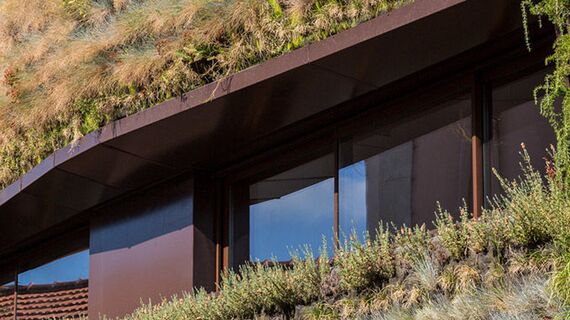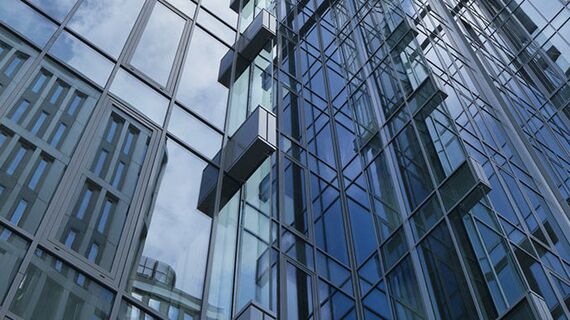How is aluminium made?
Aluminium has unique characteristics. For instance, it is light, corrosion resistant and non-magnetic. That's why this material is used in many different sectors, like automotive, packaging and … doors and windows. To produce aluminium, the element aluminium oxide is key, of course. But the characteristics can be further improved by adding small amounts of other elements. Let’s get a little bit deeper into the production process of aluminium.
You know already that aluminium is produced from aluminium oxide. The aluminium oxide is the most abundant metallic element in the earth's crust. It is comprising 8% of our planet’s soil and rocks. The ore with the highest concentration of aluminium oxide is bauxite. It is available in various tropical and subtropical regions. How you can extract bauxite? It is done by surface mining, where it is removed from the ground surface.
Two-stage production of aluminium
The production of aluminium is realised in two phases:
- Chemical (Bayer) process: the bauxite ore is grained and refined to obtain the aluminium oxide.
- Electrolytic (Hall-Heroult) process: the aluminium oxide is smelted to release pure aluminium. This fluent aluminium is casted into ingots.
The result is what we call ‘primary aluminium’.
Finetuning the characteristics of aluminium
The aluminium material has unique characteristics such as:
- Light.
- High strength-to-weight ratio.
- Corrosion resistant.
- Non-magnetic.
- Non-toxic.
- Heat conducting.
- Resilient.
These characteristics can be further improved to better suit the need of the application. How? By adding small amounts of other elements. The results are different types of aluminium, categorized in alloy types. For extrusion applications for windows and doors (explained below), the aluminium alloy 6060 is mostly specified, with primarily the additional elements Mg and Si. These elements improve the strength and corrosion resistance of the aluminium.
Extruded aluminium profiles
Systems for aluminium windows and doors are using extruded profiles, or tubes. To create these extruded profiles, the (pre-heated*) aluminium is pushed through a die. This die gives the shape to the profile. It is a continuous process, creating very long lengths of profiles. These profiles are cut on the right length, stretched to strengthen the profile and thermally treated to ensure the good arrangement of the elements in the alloy.
The aluminium alloy is very important to guarantee both aesthetical and technical characteristics. Aesthetically, the surface of the aluminium should not show pollution and have an even colour. Technically, the aluminium alloy is ensuring a good flow through the die to create tubular profiles, a high corrosion resistance and strength.
* The aluminium used for extrusion is casted in billets. These billets are preheated to +/- 450°C before extrusion. This is the plastic phase of aluminium (melting temperature is 660°C).
About the corrosion resistance of aluminium
When aluminium is exposed to air, almost instantaneously, a protective oxide layer is created as a natural reaction to the contact with air. This corrosion resistant layer can be further enhanced with surface treatments such as anodising. An electrochemical aluminium oxide layer is hereby formed on the material, which further improve the resistance to corrosion.
Aluminium is infinitely recyclable
Similar to other metals, aluminium is 100% recyclable. By taking good care to the alloy types during recycling process, the aluminium does not lose its unique characteristics. This means you can recycle it endlessly without any loss in quality. That’s why we developed a clear focus on the quality of the aluminium recycling. This allows us to close the aluminium loop by recycling old window profiles and creating new profiles infinitely.



